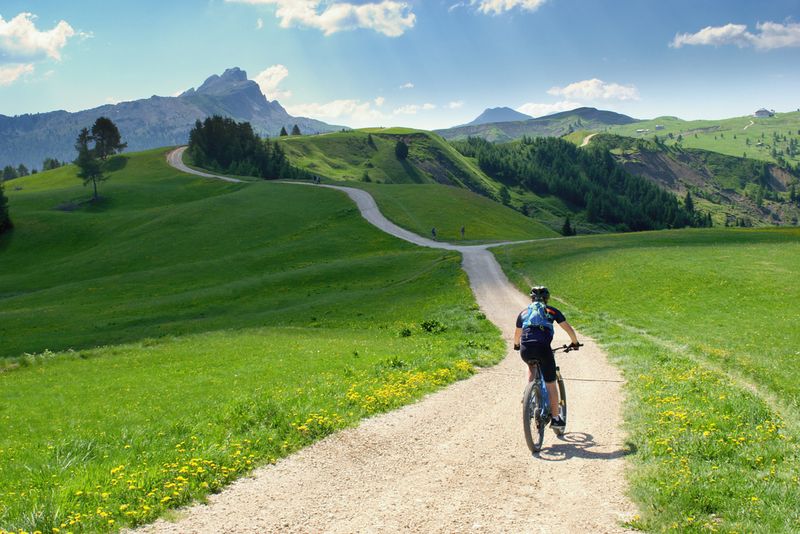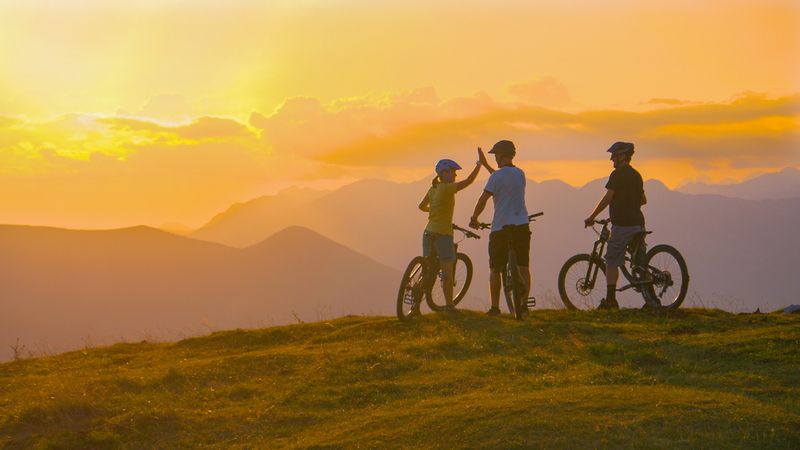Seeing the world by cycle is a different kind of freedom. You have to experience it to believe it. It’s starkly different from the standard bicycle commute through traffic-clogged, polluted cities. Possibilities – that’s what cycling on the open road means. It takes you to places otherwise inaccessible by car, offering views and unique perspectives as you go. Plus, cycling is good for our bodies and kinder for the environment.

If you’ve ever considered pedaling away into the sunset, here are a few tips to keep in mind before your epic excursion.
Just get started
Will I be able to keep up? Will I slow everyone down? Banish all doubts, comparisons, and let’s face it – excuses. Positivity and mental grit can take you farther than physical strength. There are examples galore of rookie cyclists making it to destinations far more than experienced cyclists. Experience helps, but tenacity is the real deal-breaker. Evaluate your abilities honestly. Use this awareness to work hard and propel yourself ahead.
Fitness
There’s no one size for fitness on a cycle tour. But it’s always a good idea to build stamina. Study the itinerary to understand how much terrain and length of time you’ll be riding each day. Take that information and begin practice rides a few weeks before the tour. If you don’t own a bike, attend a spinning class or borrow a bike for test rides. On average, most people are deemed fit enough if they can cycle 9 miles without stopping or run 3 miles in 30 minutes.
Remember that cycle tours aren’t just about covering miles each day. It’s about enjoying the experience. If possible, gauge your fitness levels and adapt the distance. That way, you’ll be able to ride at your own pace.

Choosing your bike
Start by choosing a bike that suits you and the needs of your tour. Double-check essentials like lights, rear-view mirror, front and rear luggage racks, etc. Familiarize yourself with the mechanics, and how to fix problems in case of a breakdown.
Eat right
Start your day with a carb-loaded breakfast. Remember to hydrate and have healthy snacks throughout the day since cycling burns a lot of calories. Whole-grain bread, banana, trail mix, vegetables, and energy bars are all excellent options. As you unwind in the evening, give your body lean protein, pulses, and low-fat dairy.
Drink water
Drink water regularly to stay hydrated and avoid cramps. Around 8 to 12 cups are accepted benchmarks but can differ from person to person. Sip a cup or two before the ride, and remember to drink every 20 to 30 minutes on the ride. Hydration packs are great for people just starting on long-distance cycling.

Padding
To avoid soreness on long rides, invest in good cycling gear – especially a pair of padded shorts. You can also pick up bib shorts that don’t need adjusting all day.
No fear with the granny gear
Losing breath and stamina can happen to the best of us – especially on rough terrain uphill. When this happens, make sure to rest and load up on water. Once your heart rate stabilizes, resume cycling uphill using your bike’s highest gear or granny gear. It will significantly ease the strain on your knees.